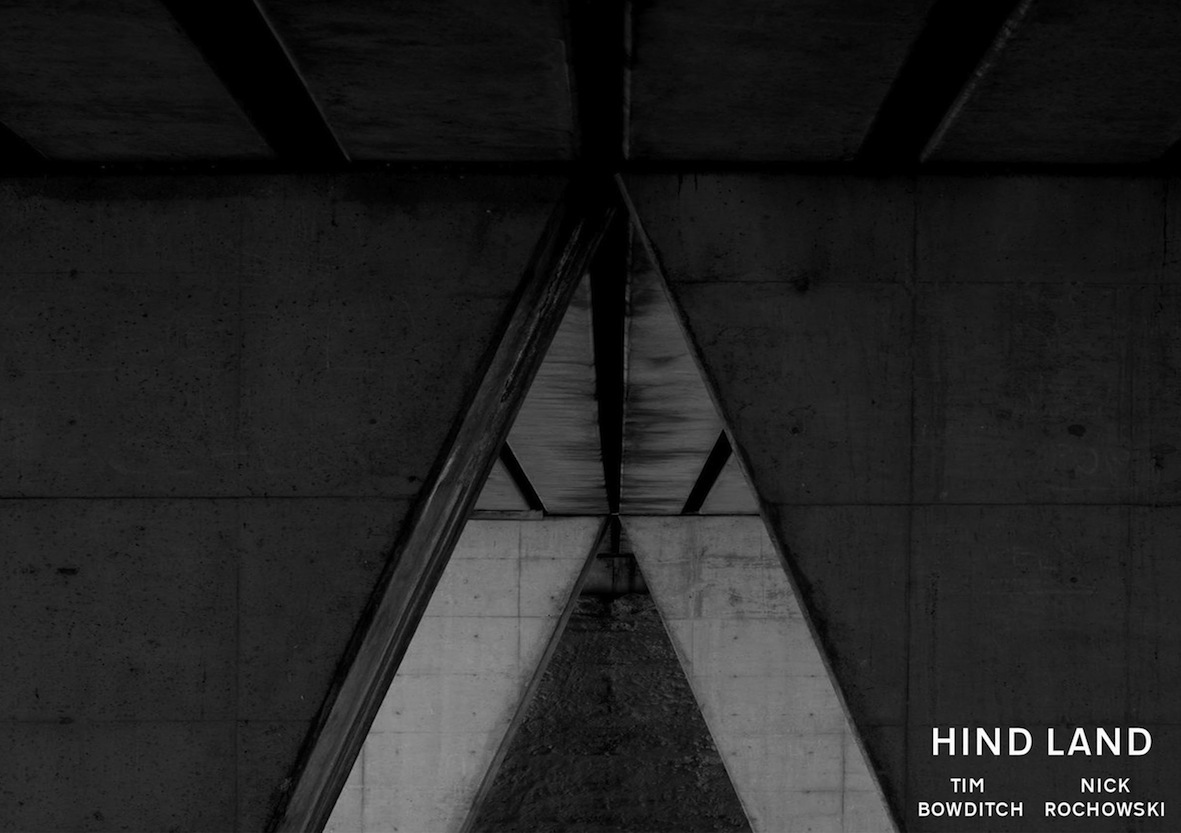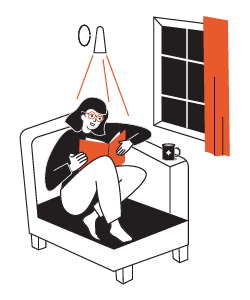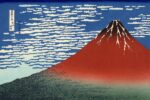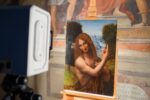Hind Land

Una mostra fotografica nata dalla collaborazione tra due giovani fotografi inglesi: Tim Bowditch e Nick Rochowski. Hind Land è un progetto nato dalla volontà dei due fotografi di indagare l’impatto che la costruzione dell’autostrada M25, che circonda Londra, ha avuto sui dintorni della città.
Comunicato stampa
Una mostra fotografica nata dalla collaborazione tra due giovani fotografi inglesi: Tim Bowditch e Nick Rochowski. Hind Land è un progetto nato dalla volontà dei due fotografi di indagare l’impatto che la costruzione dell’autostrada M25, che circonda Londra, ha avuto sui dintorni della città. Dal momento della sua costruzione 25 anni fa, questa grande arteria stradale ha significativamente alterato il paesaggio, ridelineando i confini della metropoli inglese. Bowditch e Rochowski hanno utilizzato metodi di mappatura online per localizzare i punti da cui fosse possibile accedere ai passaggi pedonali che si snodano sotto l’autostrada; a suscitare il loro interesse sono stati i vuoti creati dalla M25 "scavando" il paesaggio. La strada, dividendo in due parti le campagne che circondano Londra, ha lasciato dietro di sé uno strappo percettibile a livello ambientale sopra il suolo, e una terra di nessuno, sotto. Insieme hanno esaminato di notte questi vuoti, usando un Achromatic Digital Back capace di creare immagini ad ampio spettro in bianco e nero. Questo tipo di tecnologia, spesso utilizzata per studi aerei topografici, consente di registrare, oltre a ciò che è immediatamente visibile, anche le parti infrarosse e ultraviolette dello spettro. Fotografando di notte e con lunghe esposizioni si dà alla macchina fotografica una tela bianca, priva di contrasto. Grazie al modo in cui la luce viene registrata con questo genere di tecnologia, i dettagli più nascosti diventano apparenti e i paesaggi assumono un aspetto lunare. L'obiettivo è presentare questi lavori in grande scala adattabile a diversi spazi. A completamento dell’esposizione, al piano inferiore della galleria, l’installazione sonora dell’artista Matthew de Kersaint Giraudeau, che ha collaborato con i fotografi sin dalle prime fasi del progetto.
HIND LAND
TIM BOWDITCH | NICK ROCHOWSKI
From the 16th of May to the 31st of July 2013 at 28 Piazza di Pietra – Fine Art Gallery: Hind Land
A collaboration between photographers Tim Bowditch and Nick Rochowski surveying the pedestrian walkways beneath London’s Orbital M25 motorway. Since its completion, the M25 has dramatically changed the landscape of the surrounding area and come to define the boundary of the city. Utilising online mapping tools to locate points at which one can pass underneath the motorway by foot, they are fascinated by the voids left by the motorway as it carves through the landscape. The road divides the countryside in two, leaving a visible and audible rip in the environment above the ground, and a no-man's land beneath. Together they aim to survey these voids at night, fusing an Achromatic Digital Back capable of creating wide spectrum black and white images. This kind of technology is often used for aerial topographic studies, as it is able to record the visible as well as the infrared and ultraviolet parts of the spectrum. By photographing at night with long exposures, they give the camera a completely blank canvas, devoid of contrast. Due to the way, light is recorded with such technology, hidden details become apparent and the landscape appears almost lunar in quality. They aim to present the work on a large scale that will adapt to the different sites. As part of an installation, the project will be presented with an immersive sound recording made by the artist Matthew de Kersaint Giraudeau who has collaborated with throughout.



